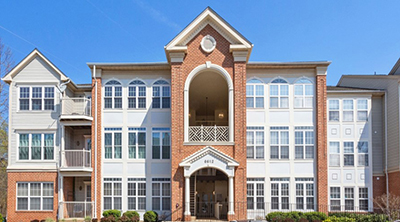
RealPage: Apartment Rent Growth Points to Moderation

Apartment rents reverted to more normal rate in February even as occupancy held at record highs, reported RealPage, Richardson, Texas.
Effective asking rents for new leases increased 0.75 percent in February, RealPage reported. “[But] while that was the largest increase for a February on record, it wasn’t by much–and that alone is a notable shift,” said RealPage Vice President, Head of Economics and Industry Principals Jay Parsons.
Parsons noted February’s increase was just 21 basis points above the long-term average for February going back to 2010. “That’s the smallest spread between current-versus-average for any month since March 2021, prior to the historic run-up in rents that began in April 2021,” he said.
Meanwhile, apartment occupancy remained at a record-high 97.6 percent nationally in February. “Therefore, any moderation in the pace of rent growth was not driven by increased availability, but seasonality and operators tapering back on the pace of rent increases,” Parsons said.
Zillow, Seattle, said apartment rent growth “slowed to a crawl” in January. The firm’s January Market Report said rent growth fell from 0.9 percent in November and December to a nearly flat 0.1 percent in January, the lowest rate seen since October 2020. “That means renters who signed 12-month leases last winter are likely in for some sticker shock on their renewal offers, but anyone who’s been browsing rentals earlier in the winter won’t see much of an uptick compared to last month,” the report said.
Year-over-year rent growth equaled 15.9 percent, slightly lower than the record-high 16 percent seen in December, Zillow reported. The typical apartment rent now exceeds $1,800 per month, Zillow said.
“It’s probably a little too early to draw definitive conclusions on market trajectory for one big reason: seasonality,” Parsons said. “In the winter, few leases are expiring and few new leases are getting signed. Our expectation is we’ll see somewhat larger current-versus-normal splits return starting in late March and into the second quarter–but not to the degree seen in 2021, given that 2021’s numbers were inflated in part by burn-off of rental concessions offered in 2020 and that we’re now building off a much higher base rent.”
